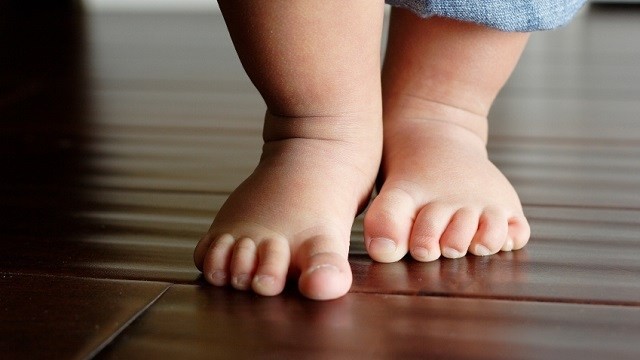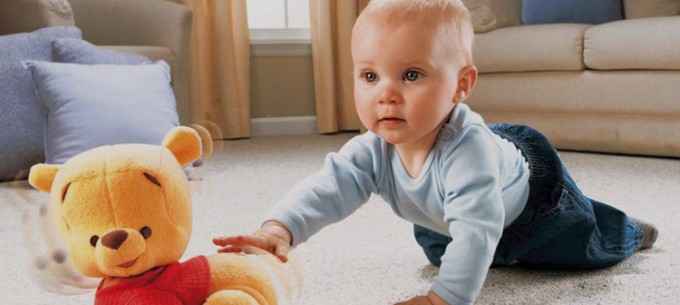The importance of the walker: for and against

The baby walker is a very popular tool thanks to which the child can move from one part of the house to another, take the first steps and explore the surrounding environment more independently.
But from what month can I use the baby walker?
We know that children around the fourth/fifth month are starting to move more actively than they did in the first few months of life, so this may be the right time to use it. These are also the months in which the child has a great need to move. He must train his legs and arms to better coordinate his gestures, strengthen his muscles and gradually prepare to take his first steps.
However, the age group in question is, in fact, rather oriented because each child goes through different stages of growth. This means, therefore, that we must carefully consider the build of the child as he may not yet be ready for the baby walker, if his constitution is too thin and therefore not able to support him as he should. In this case, all you have to do is postpone it for a few months.
The walker is definitely useful for lazier children
For lazier children, the baby walker provides support that makes the child safer and more stable and allows a good workout of his muscles, so that they acquire the necessary tone to support him in an upright position.
Some precautions
- Never leave your child alone in the baby walker, not even for a moment;
- Pay attention to protruding, sharp objects that the child may encounter on his or her way;
- Eliminate potential hazards within the reach of the child (medications, sockets, etc.);
- Only operate the swivel on smooth surfaces;
- Never use the baby walker on a carpet;
- Pay close attention to the protruding corners of appliances, fireplaces and radiators;
- Barriers block access to stairs;
- The seat must be well padded and the child must be easily placed in the panty that serves as a sling;
- Never lift or transport the baby walker inside the car;
- Make sure that the baby walker has a base large enough to widen the child's centre of gravity;
- The baby walker must not tip over under any circumstances, either in the event of a collision or when the child leans forward;
- Plastic parts and paints used to cover metal parts must be non-toxic;
- The structure must be robust to absorb shocks, but also flexible so as not to break;
- All springs and hinges must be provided with suitable protective covers;
- Do not leave your child in the baby walker for a long time.
Remember
Be careful moms how you use the baby walker! The baby walker allows the child to enjoy the freedom to move around the house, but excessive use could hinder the proper development of psychomotor. He can, in fact, set the pace of the little one badly, as well as not allowing them to train the musculature and the sense of balance. The wrong use of the walker, moreover, can be an impediment to the development of the ability to "fall well" which, when the child learns to walk, is very important in order not to get hurt, in addition it can prevent him from acquiring the perception of his own motor limits.
Lucia Franco
How to Teach Your Baby Your First Steps
Autonomy is almost certainly the first great achievement of a baby. But like all great achievements to achieve it, two elements are fundamental: a lot of patience and determination. Initially, our little one starts to move on..
ReadWhy it is important to crawl
Infants discover the world around them through crawling and learn about basic concepts related to space, as they increase limb coordination and "proprioception" which indicates the ability to perceive the position of their body in space and the..
Read

